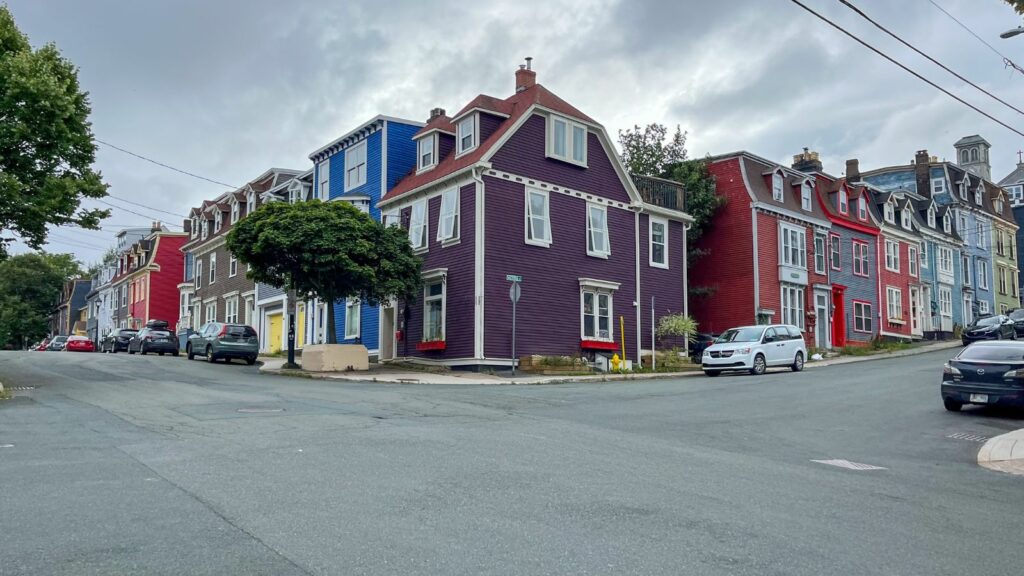For many Canadians, the dream of homeownership has slipped further out of reach. Once-affordable towns have been transformed by rising demand, limited supply, and an influx of buyers priced out of major cities. What were once quiet communities are now some of the toughest places in the country to buy a house. Here are 12 Canadian towns where owning a home is almost impossible now:
Whistler, British Columbia
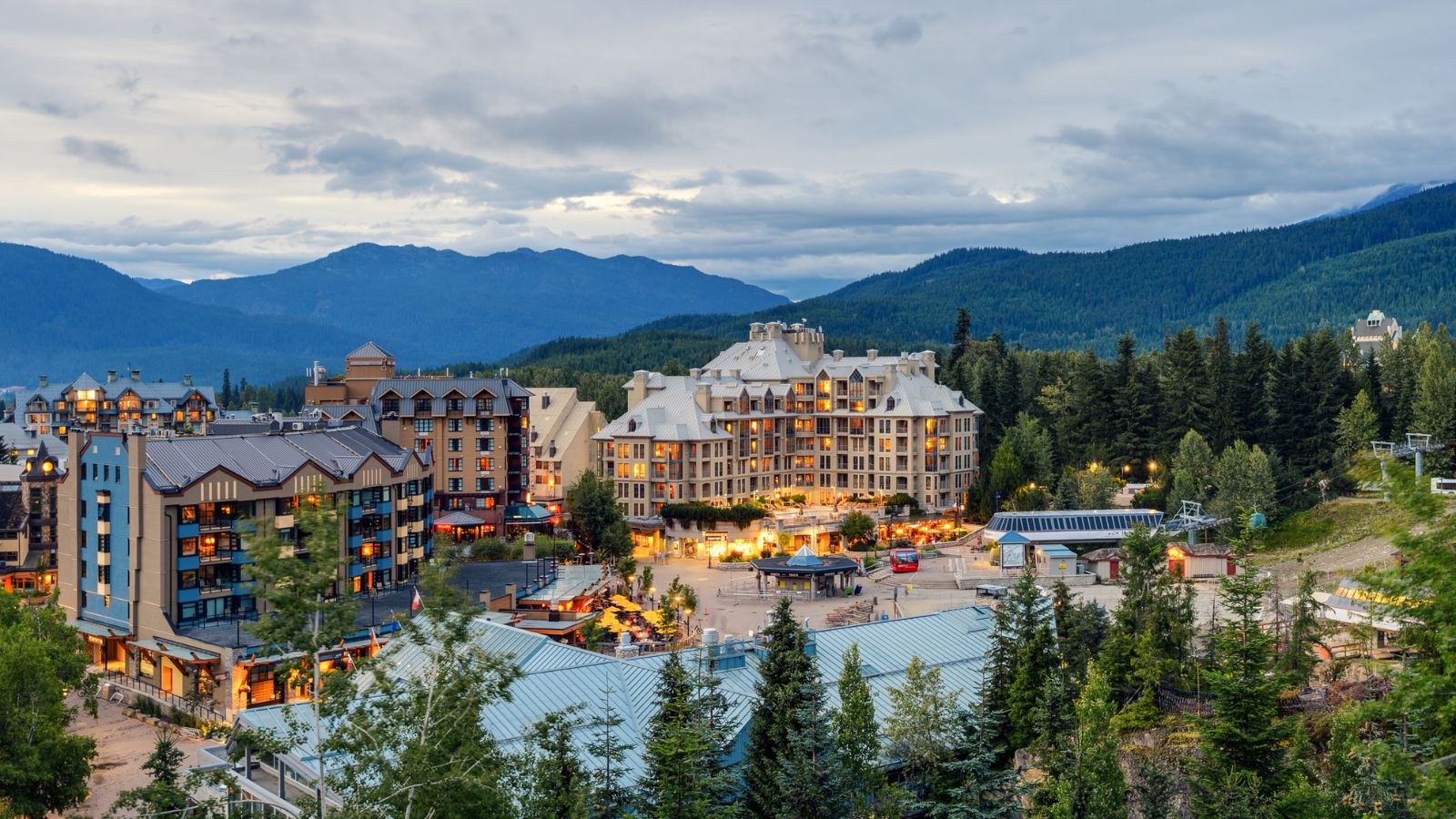
Whistler’s global reputation as a ski resort has turned this small mountain town into one of the most expensive housing markets in Canada. Limited land, strict zoning, and heavy international demand have sent prices soaring well beyond the reach of average workers. Even modest condos are priced in the millions, making it nearly impossible for locals to buy. Many employees in tourism and hospitality are forced to commute from neighboring towns or rely on seasonal housing programs. While Whistler offers unmatched natural beauty, it has quietly become a town where owning a home is an elusive dream.
Banff, Alberta
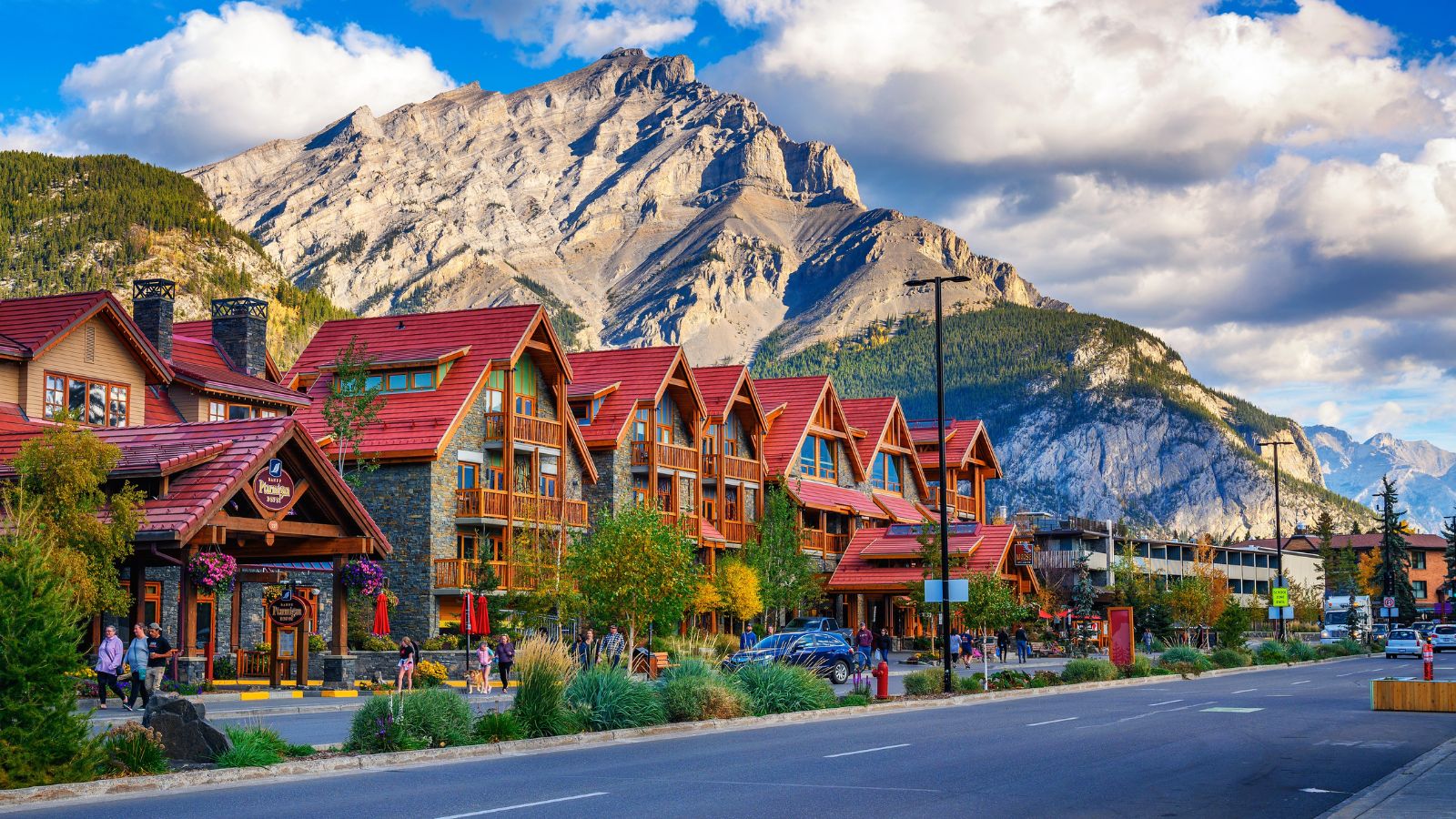
Banff’s status as a national park town makes homeownership nearly unattainable. Strict Parks Canada regulations limit who can live there, requiring residents to have a direct connection to the community. Even with restrictions, demand far outstrips supply, pushing housing costs to record highs. Rental units are scarce, and purchasing property is reserved for the fortunate few who meet residency rules and can afford sky-high prices. For those working in Banff’s thriving tourism industry, homeownership is virtually off the table, and although it is a stunning place to visit, it is also one of the hardest places in Canada to call home.
Tofino, British Columbia
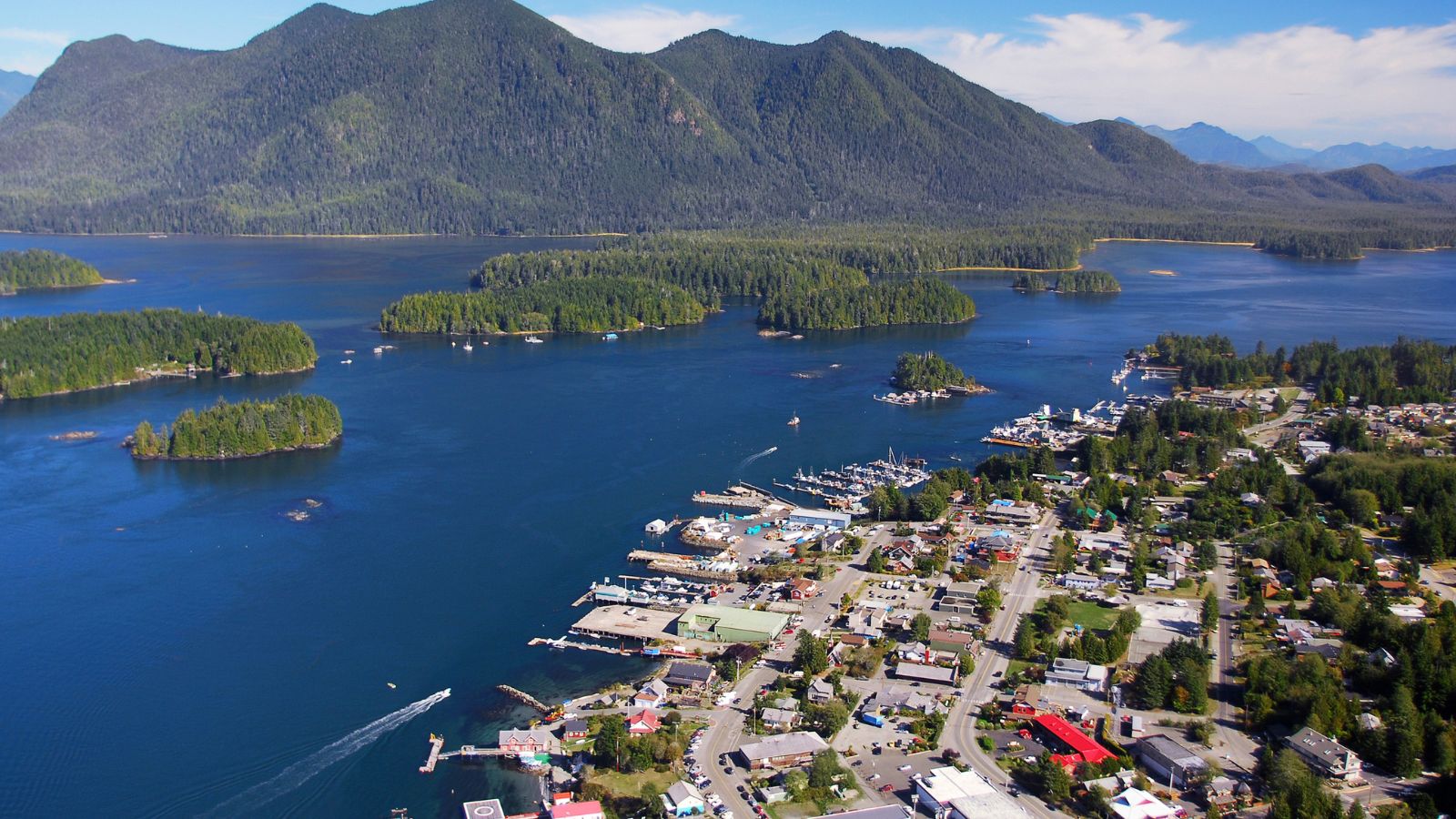
Tofino’s popularity as a surf and tourism destination has pushed housing into crisis territory. With limited land and a flood of short-term rental conversions, the availability of affordable homes is almost nonexistent. Average prices now rival those of big cities, despite Tofino’s small size. Many locals, especially those in hospitality and seasonal jobs, have been priced out entirely. Even long-time residents struggle to compete against outside buyers seeking vacation properties. The result is a housing market that feels out of reach for nearly everyone who isn’t wealthy, making homeownership here little more than a fantasy.
Canmore, Alberta
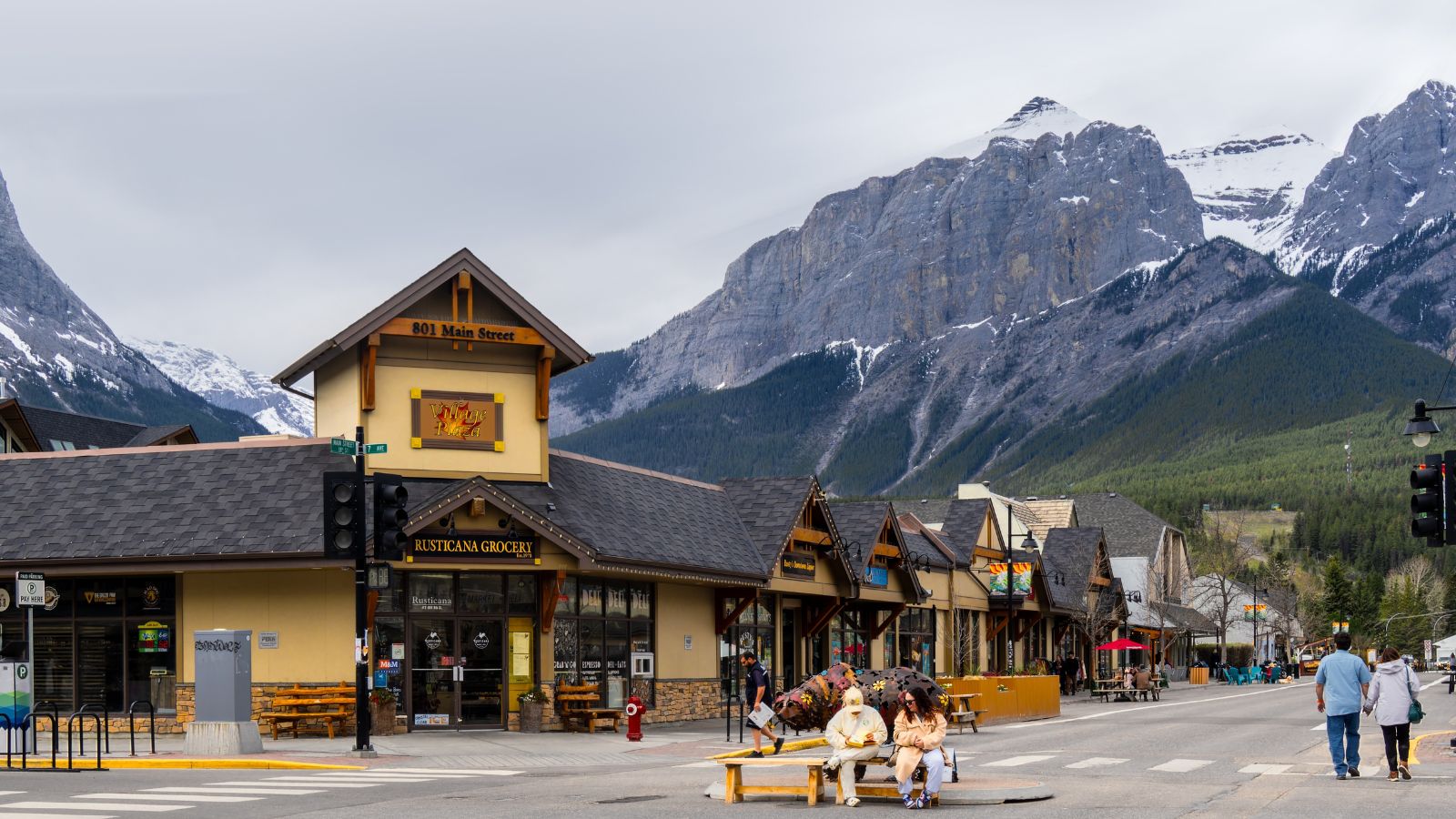
Just outside Banff National Park, Canmore has become a hot spot for second homes and retirees, driving prices well beyond local wages. Once seen as a quieter, more affordable alternative to Banff, the town now faces its own affordability crisis. Detached homes regularly top seven figures, and even small condos are increasingly out of reach. Workers in hospitality, tourism, and retail often live far outside town, commuting long distances to keep their jobs. Canmore’s stunning mountain setting remains its biggest draw, but for locals, owning a home here has become nearly impossible.
Squamish, British Columbia
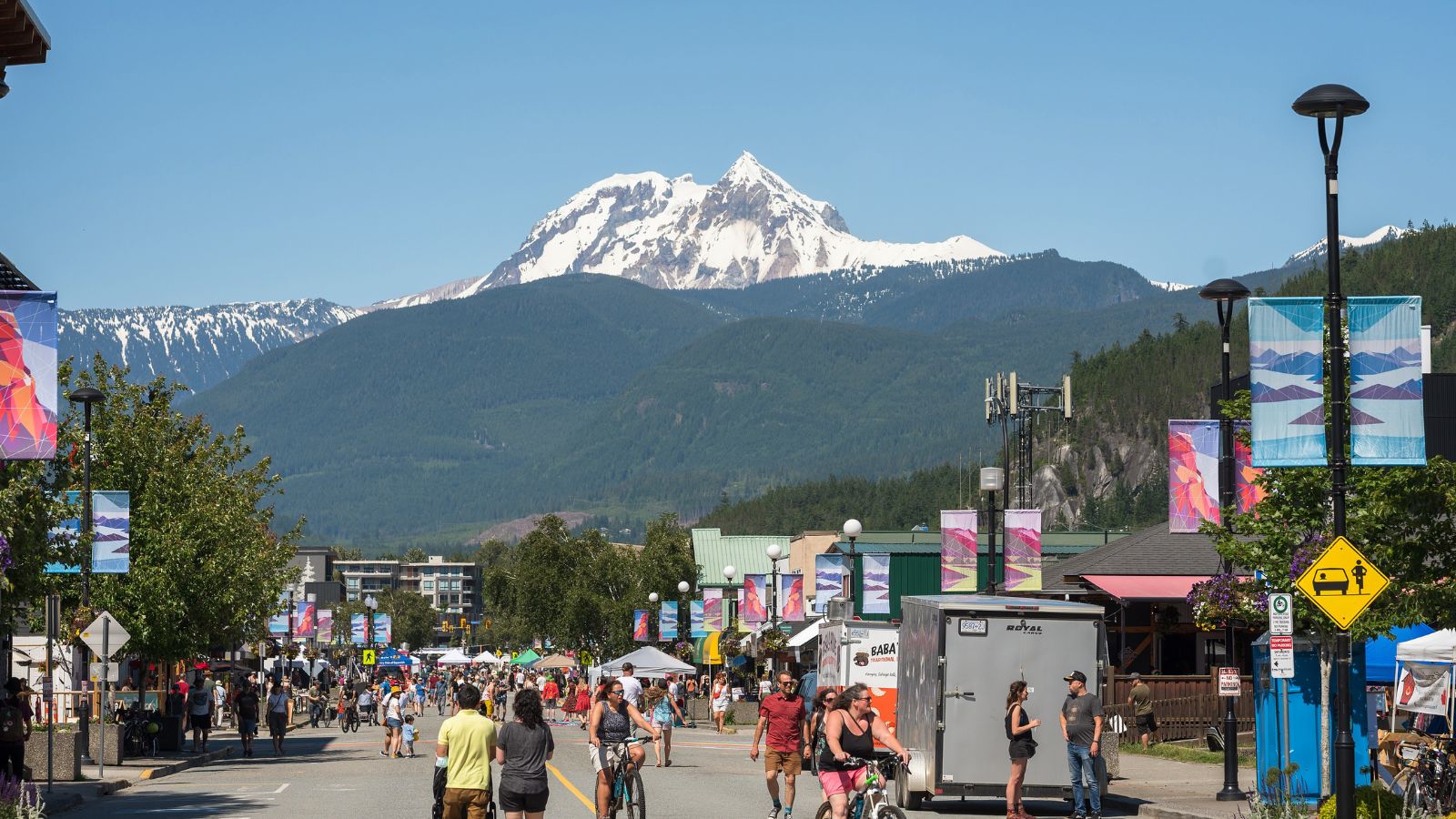
Squamish has seen its housing market explode in recent years, thanks to its location between Vancouver and Whistler. Originally a quiet logging town, it is now marketed as an outdoor recreation paradise, drawing young professionals and families priced out of Vancouver. The surge in demand has driven housing costs skyward, with many homes now priced well over a million dollars. Even townhouses and condos come with hefty price tags. While the community has grown rapidly, many long-time residents feel squeezed out, and Squamish may be thriving, but homeownership is slipping away for most locals.
Kelowna, British Columbia
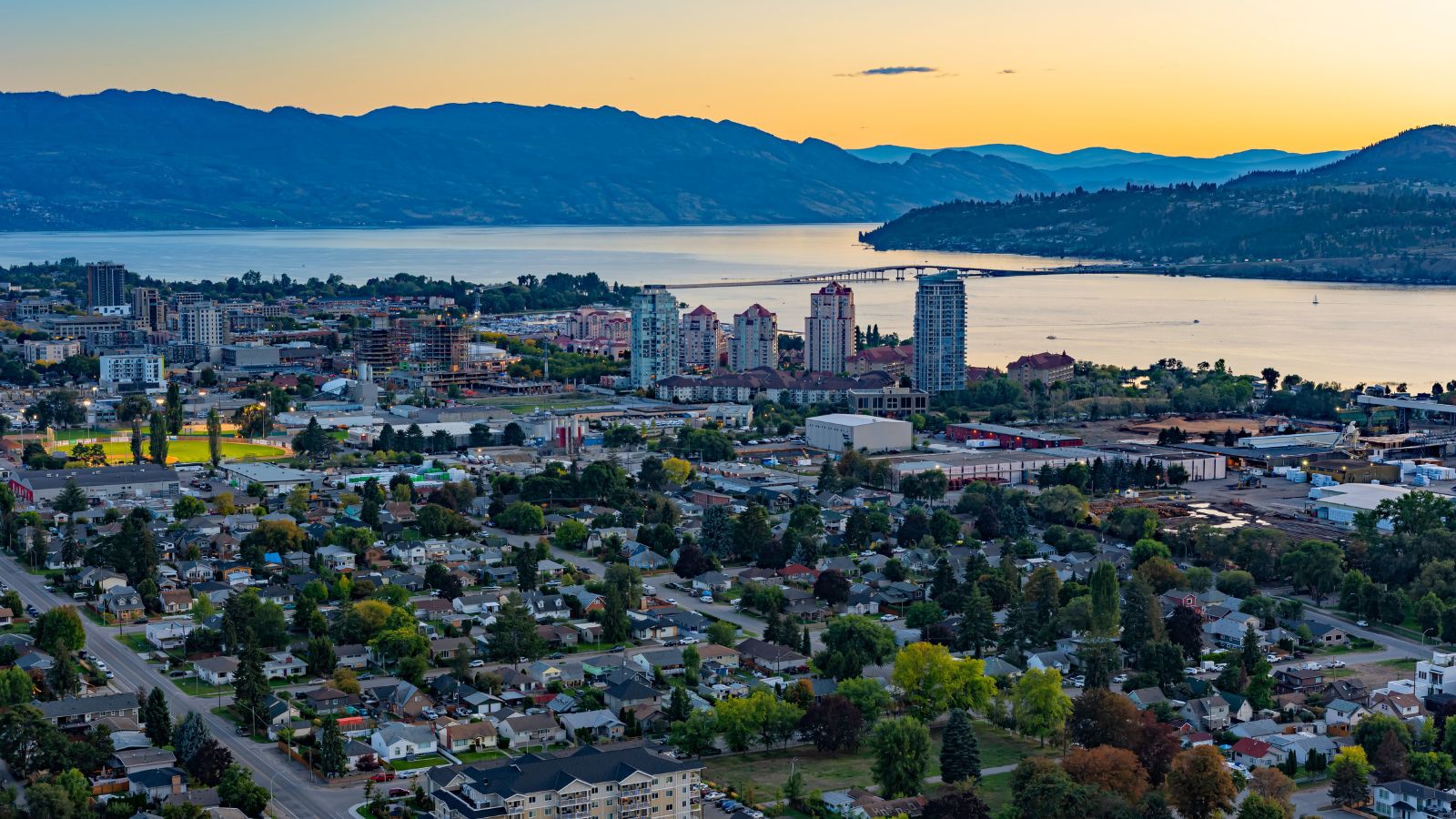
Kelowna’s sunny climate and Okanagan Valley setting have made it a magnet for retirees, investors, and remote workers. Over the past decade, housing prices have surged to levels nearly on par with Vancouver, leaving many locals unable to compete. Wages in the region haven’t kept pace, forcing younger residents and first-time buyers out of the market. With lakefront homes commanding premium prices and suburban areas seeing steep hikes, Kelowna has become one of Canada’s most unaffordable mid-sized cities. What was once an accessible community has now become a symbol of B.C.’s housing crisis.
Victoria, British Columbia
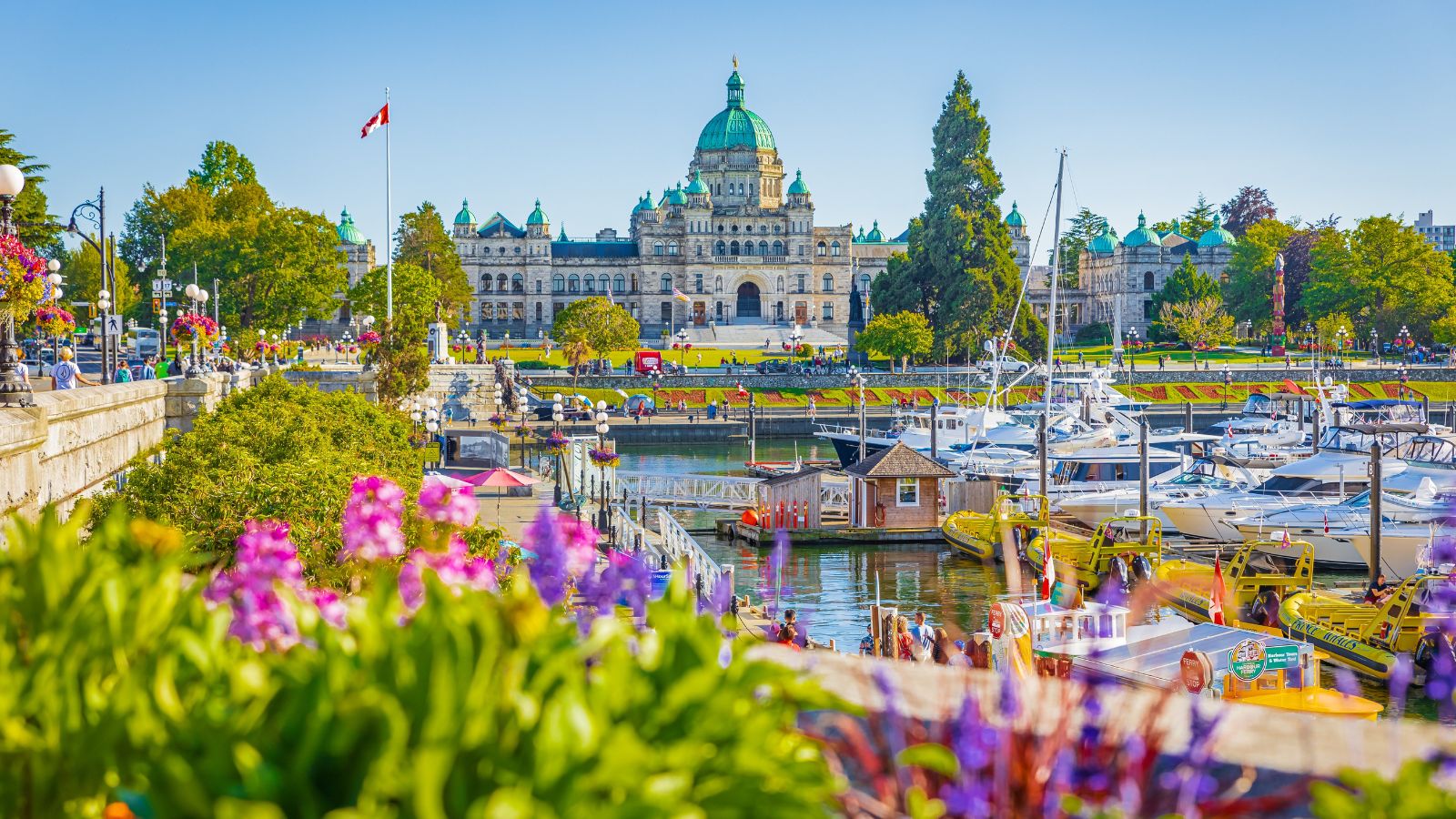
Victoria has always been desirable for its mild climate and coastal charm, but its housing market has spun out of control. Detached homes routinely sell for more than a million dollars, and demand far outweighs supply. Even condos and townhouses are priced beyond reach for many families, and with limited land on Vancouver Island, there’s little room for expansion, leaving competition fierce. Locals often find themselves priced out by retirees and buyers relocating from mainland B.C. or abroad, and for many Victorians, the prospect of owning a home has become a distant dream.
Niagara-on-the-Lake, Ontario
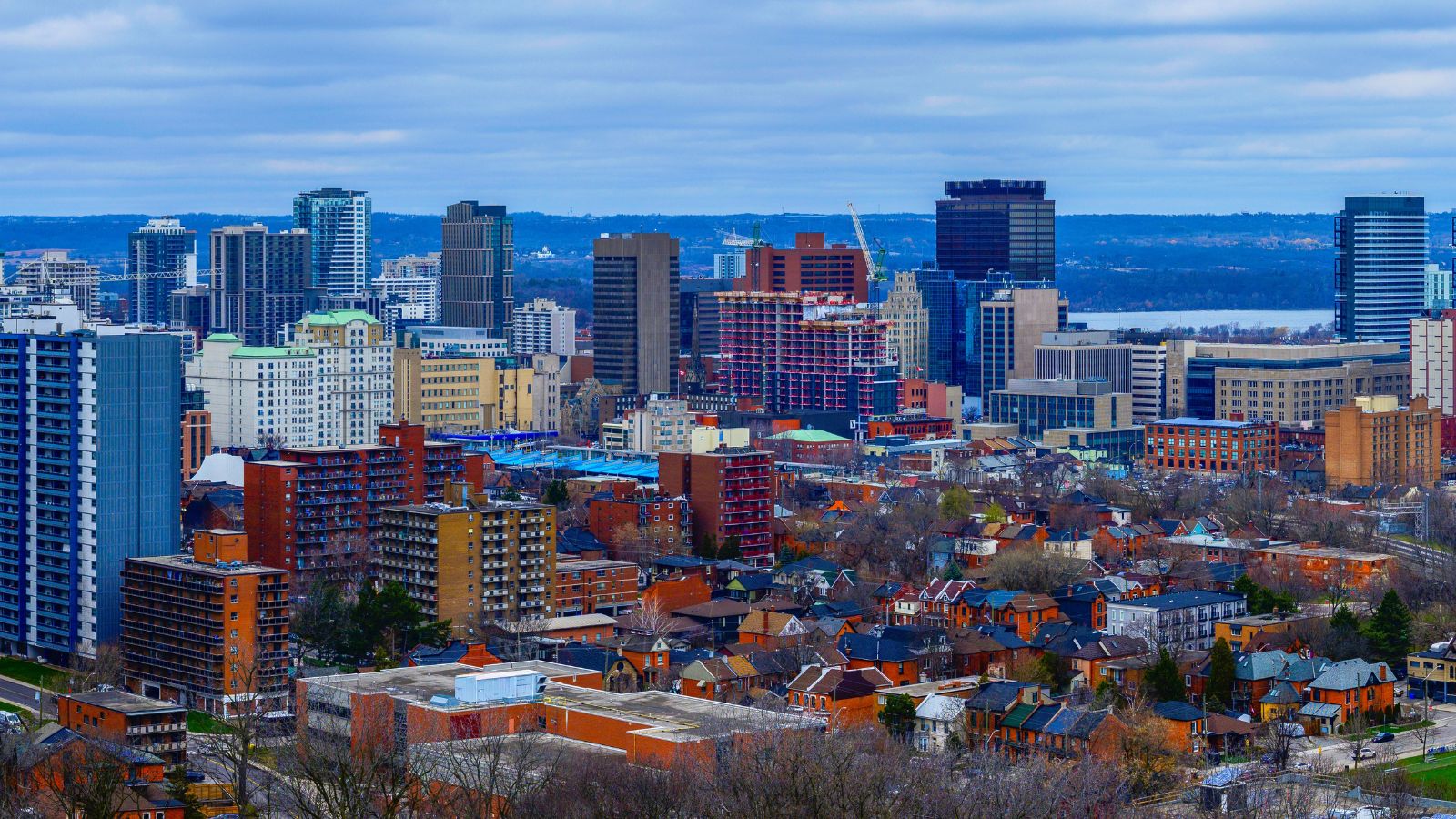
Niagara-on-the-Lake’s reputation as a wine and tourism hub has transformed its housing market. Once a quiet town with modest homes, it now attracts wealthy retirees and out-of-town buyers looking for vacation properties. Prices have soared, with even small heritage homes commanding premium values, and locals working in tourism and agriculture can no longer afford to live where they work, creating a stark divide. While the town thrives as a cultural and culinary destination, the housing market has shifted almost entirely toward high-income buyers.
Collingwood, Ontario
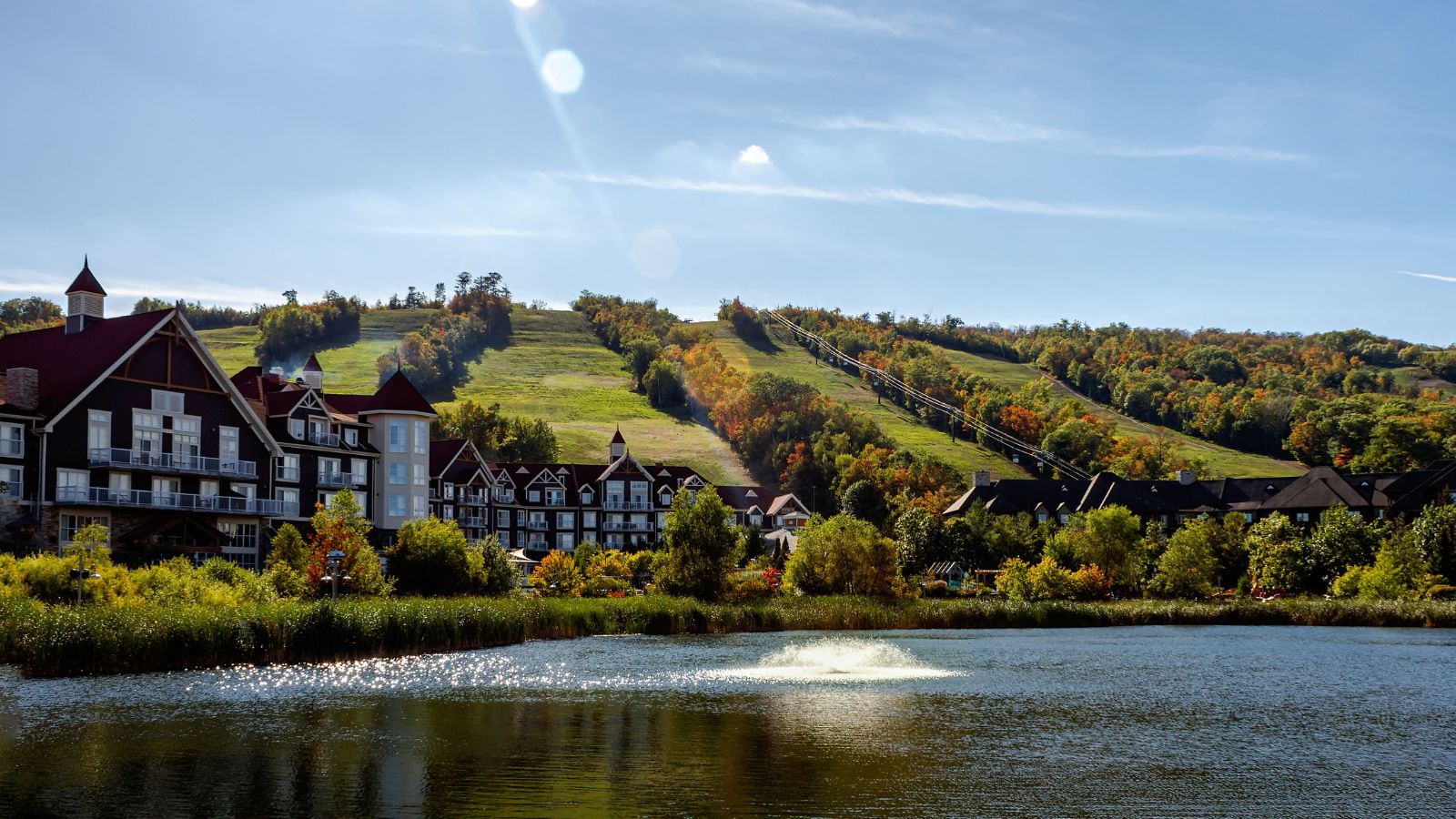
Collingwood has seen housing demand explode as a four-season playground for city dwellers from Toronto. Its proximity to Blue Mountain ski resort and Georgian Bay has made it a magnet for vacation homeowners and retirees. The surge in demand has pushed prices up drastically, with single-family homes averaging well over $1 million. Locals with modest incomes face limited options, often competing against wealthier buyers looking for second properties, and even condos and townhouses carry hefty costs. For many residents, the dream of owning in Collingwood has been replaced with the reality of renting indefinitely.
Huntsville, Ontario
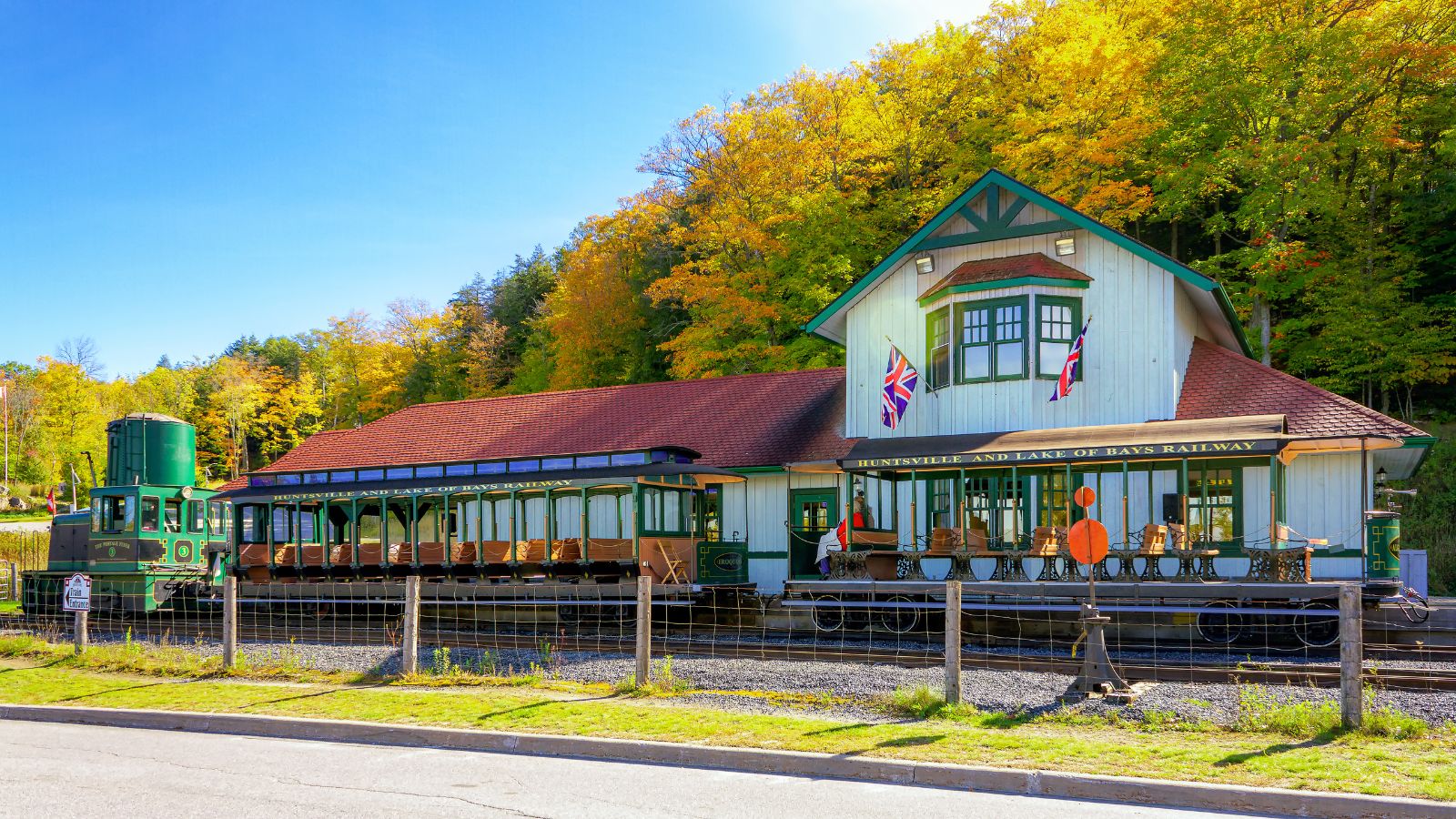
Huntsville, known as a gateway to Muskoka cottage country, has seen its housing prices soar in step with its popularity. Once an affordable small town, it now faces intense demand from urban buyers seeking second homes or permanent moves to nature-rich communities. Housing supply hasn’t kept up, leaving prices at record highs, while locals working in tourism, retail, or service industries struggle to keep pace, often commuting from surrounding areas. Even modest bungalows are out of reach for many first-time buyers. Huntsville’s charm is undeniable, but homeownership there has become almost impossible.
Charlottetown, Prince Edward Island
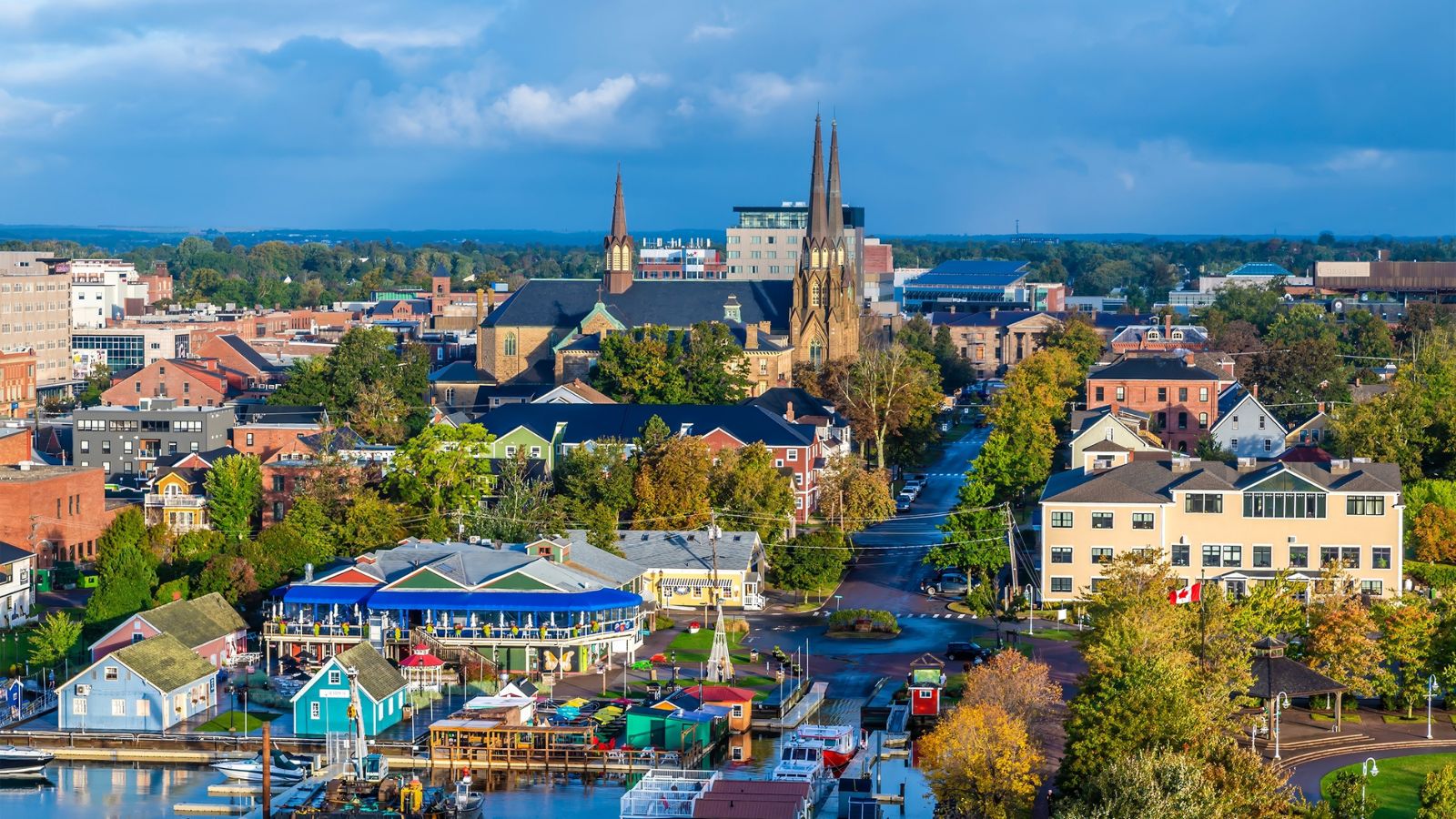
Charlottetown has long been considered one of the more affordable capital cities in Canada, but that’s changing rapidly. Population growth, increased immigration, and buyers relocating from other provinces have put intense pressure on the housing market. Prices have surged, with even small homes selling for hundreds of thousands more than just a few years ago. Local wages, however, remain comparatively low, creating a significant affordability gap. Young families and first-time buyers find themselves priced out, forced to look elsewhere.
St. John’s, Newfoundland and Labrador
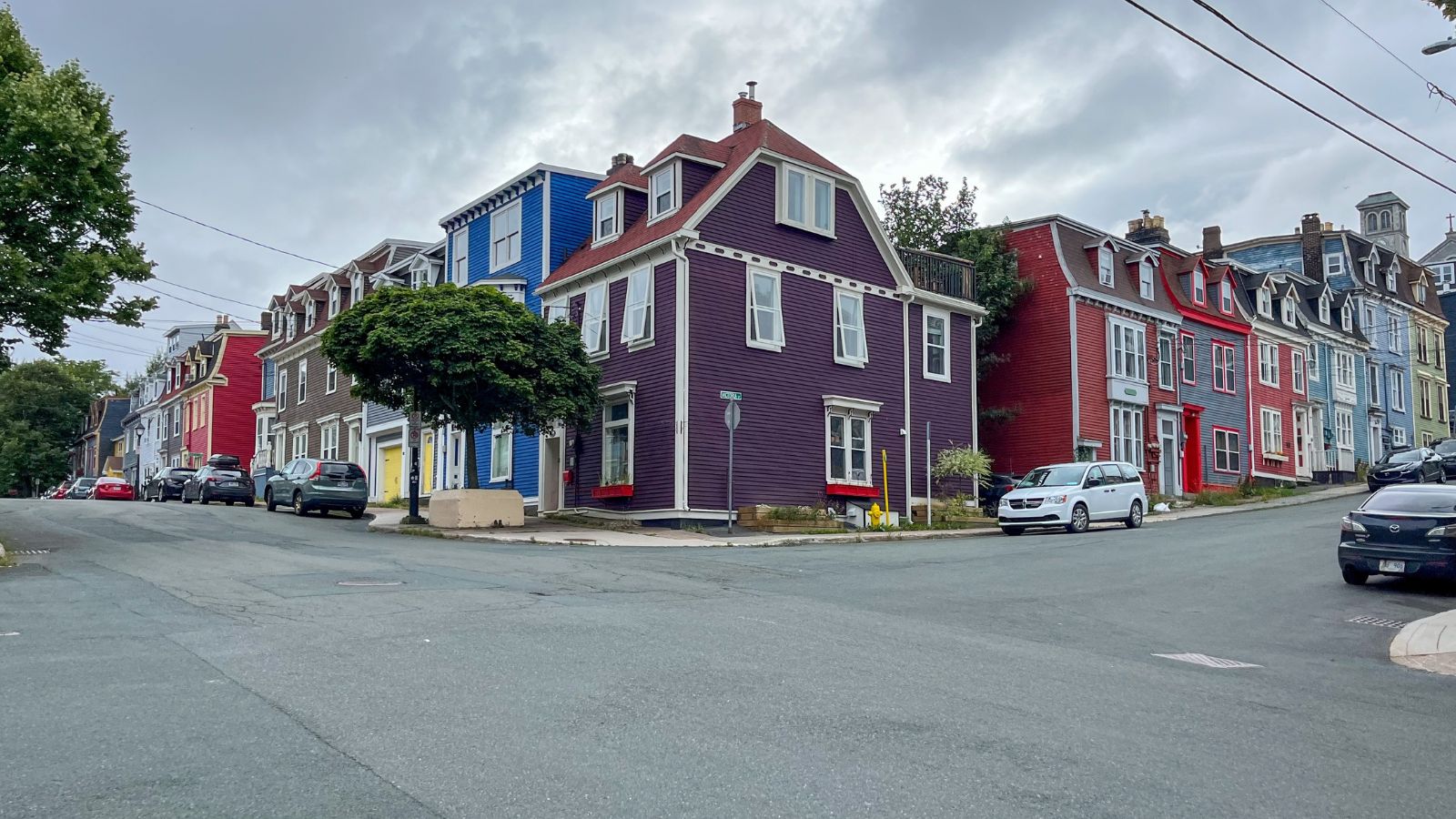
St. John’s might not have the same reputation as Canada’s hottest markets, but affordability has eroded here, too. After years of moderate pricing, a sudden surge in demand has driven home values higher, while wages remain stagnant. Younger buyers are finding it harder to save for down payments, especially with rising mortgage rates, and even modest homes are selling at premium prices compared to just a decade ago. For locals accustomed to viewing St. John’s as affordable, the shift has been jarring, and today, homeownership feels less like a given and more like an uphill battle.
21 Products Canadians Should Stockpile Before Tariffs Hit

If trade tensions escalate between Canada and the U.S., everyday essentials can suddenly disappear or skyrocket in price. Products like pantry basics and tech must-haves that depend on are deeply tied to cross-border supply chains and are likely to face various kinds of disruptions
21 Products Canadians Should Stockpile Before Tariffs Hit
